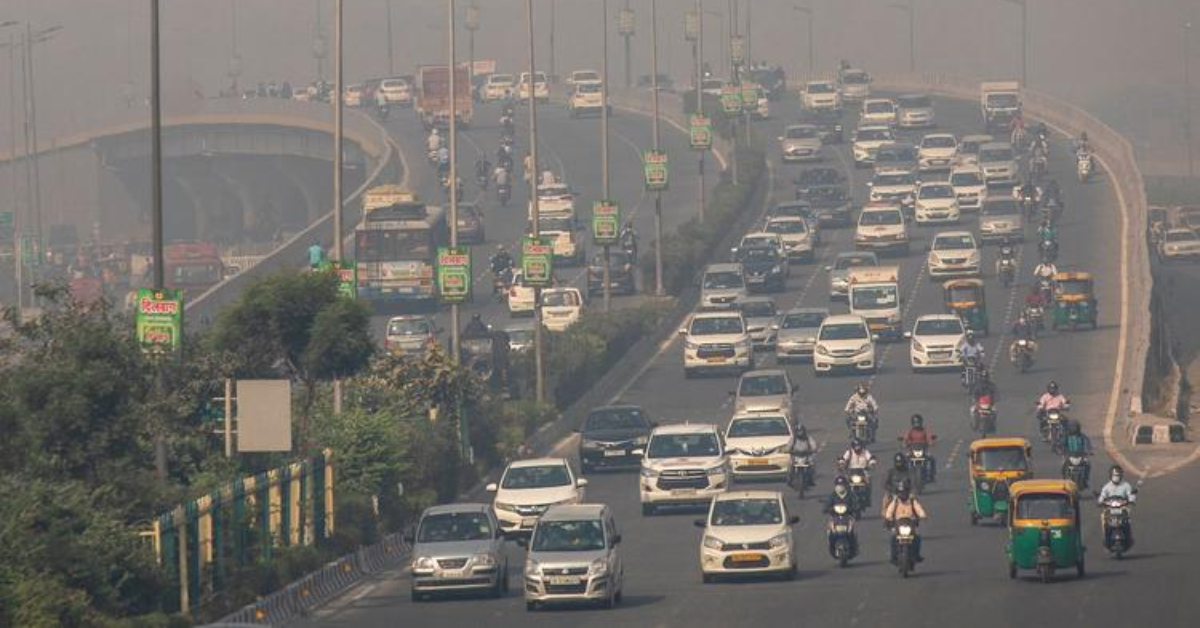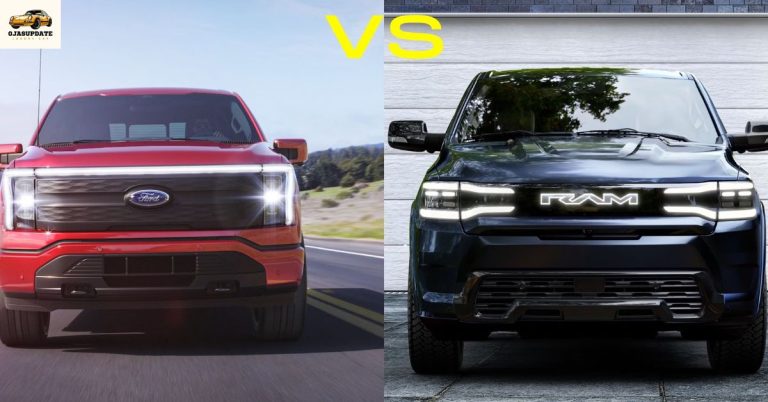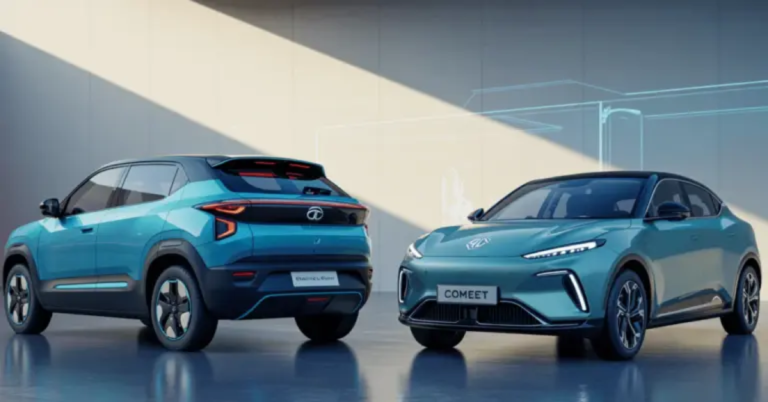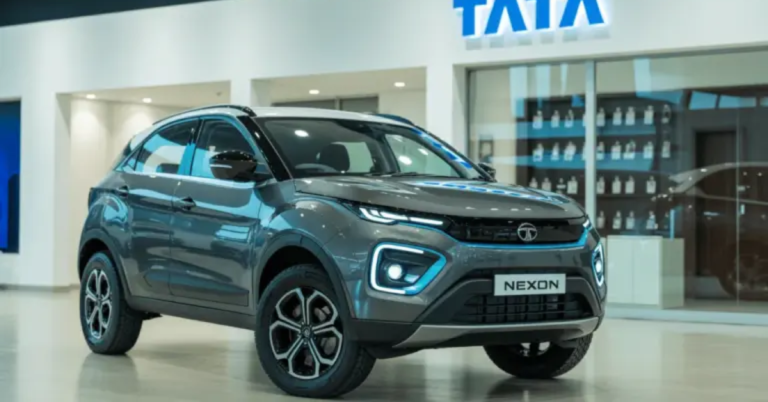
Road safety continues to be one of India’s biggest challenges, with two-wheelers remaining the most vulnerable category of road users. According to official data from 2023, motorcycles, scooters, and mopeds not only accounted for the largest share of accidents but were also the leading cause of road fatalities across the country.
This alarming trend highlights the urgent need to address infrastructure gaps, enforcement of traffic rules, and rider awareness to reduce accidents involving two-wheelers. In this article, we break down the statistics, reasons, and potential solutions to improve road safety for millions of riders who rely on two-wheelers daily.
Two-Wheeler Dominance in India’s Mobility
India is the world’s largest market for two-wheelers. From affordable commuter motorcycles to premium bikes and scooters, two-wheelers dominate Indian roads because they are:
- Affordable – Cost-effective compared to cars.
- Fuel Efficient – A key factor in rising fuel cost scenarios.
- Convenient – Easily maneuverable in congested traffic.
- Accessible – Ideal for rural and semi-urban areas where public transport is weak.
While they are convenient, the lack of safety features compared to cars makes them inherently more vulnerable in accidents.
Road Accident Statistics 2023: The Harsh Reality
Data from 2023 paints a grim picture of road safety in India:
- Two-wheelers accounted for over 45% of total road accidents.
- They were responsible for the highest number of fatalities, far exceeding cars, buses, or trucks.
- Among victims, a large percentage were young riders between 18 and 35 years, showing how India’s most productive demographic is at risk.
- Helmetless riding continued to be a major factor, contributing significantly to head injuries and deaths.
These numbers are not just statistics—they represent thousands of families losing loved ones, often breadwinners, to preventable accidents.
Why Two-Wheelers Are the Most Vulnerable
Several factors make two-wheeler riders more prone to accidents and fatalities:
- Lack of Physical Protection
Unlike cars, two-wheelers offer no safety cage, airbags, or crumple zones. Riders are directly exposed in crashes. - Helmet and Safety Gear Non-Compliance
Many riders still avoid wearing helmets, and pillion riders are even less protected. In smaller towns, safety gear is often neglected entirely. - High-Speed Riding on Inadequate Roads
Modern bikes are faster, but many Indian roads are not designed to handle high-speed traffic safely. - Poor Visibility and Road Sharing
Two-wheelers are smaller and less visible to larger vehicles, making them more prone to blind spot accidents. - Overloading and Triple Riding
Common in rural and urban areas, overloading not only violates laws but also destabilizes the vehicle. - Drunk Driving and Reckless Behavior
A significant portion of accidents involves riders under the influence of alcohol or engaging in dangerous stunts.
Regional Variations: Urban vs. Rural Risks
The vulnerability of two-wheeler riders differs across India:
- Urban Areas: Heavy traffic, aggressive lane-cutting, and high congestion increase minor collisions but also serious crashes at intersections.
- Rural Areas: Poor road conditions, lack of lighting, and long-distance commutes increase fatal accidents, often involving high-speed trucks and buses.
This shows the need for region-specific safety measures rather than a one-size-fits-all approach.
The Role of Infrastructure in Two-Wheeler Safety
India’s road infrastructure plays a big role in accident risks:
- Potholes and Poor Road Maintenance – Major triggers of skidding and loss of control.
- Lack of Dedicated Lanes – Two-wheelers often share lanes with heavy vehicles, leading to collisions.
- Poor Lighting – Low visibility on highways and rural roads at night increases accident risks.
- Unsafe Intersections – Lack of proper signals and pedestrian management worsens chaos.
Without safer infrastructure, even disciplined riders remain at risk.
Steps Taken by the Government
The Indian government has introduced several measures to improve road safety:
- Mandatory Helmet Laws – For both riders and pillion passengers.
- Speed Limit Regulations – Enforced through highway patrol and smart cameras.
- Awareness Campaigns – Programs like “Sadak Suraksha Jeevan Raksha.”
- New Motor Vehicles Act (2019) – Increased penalties for traffic violations like rash driving and drunk driving.
Despite these measures, enforcement remains inconsistent across states, limiting effectiveness.
What Can Be Done: Solutions for Safer Roads
Addressing two-wheeler fatalities requires a multi-pronged approach:
- Strict Helmet and Safety Gear Enforcement
Helmets should be non-negotiable, and awareness about full-face helmets and protective gear must be promoted. - Dedicated Two-Wheeler Lanes
Creating separate lanes in high-density corridors can drastically reduce accidents. - Better Road Engineering
Fixing potholes, adding reflectors, and improving signage will prevent many crashes. - Technology Adoption
Affordable two-wheelers should integrate safety tech like ABS (Anti-lock Braking System), traction control, and better lighting. - Rider Education Programs
Driving schools must emphasize road etiquette, defensive riding, and risks of reckless behavior. - Corporate and Community Involvement
Delivery companies, two-wheeler fleets, and local communities must promote safe riding practices. - Emergency Response Improvements
Faster trauma care and highway ambulances can save lives even when accidents happen.
The Human Side: Stories Beyond Numbers
Behind every statistic is a personal tragedy. For many families, losing a two-wheeler rider means not just emotional loss but also financial hardship, as two-wheelers are often used by breadwinners for commuting or livelihood.
This makes the issue of two-wheeler road safety not just a transport challenge, but a social and economic one.
Final Thoughts
The data from 2023 clearly shows that two-wheelers remain the most vulnerable road users in India, accounting for the highest number of accidents and fatalities. While affordability and convenience make them indispensable for millions, the lack of adequate safety measures, infrastructure challenges, and reckless driving behavior have made them a national road safety concern.
The solution lies in a shared responsibility—government enforcement, improved road design, manufacturer-led safety innovations, and responsible behavior from riders themselves.



